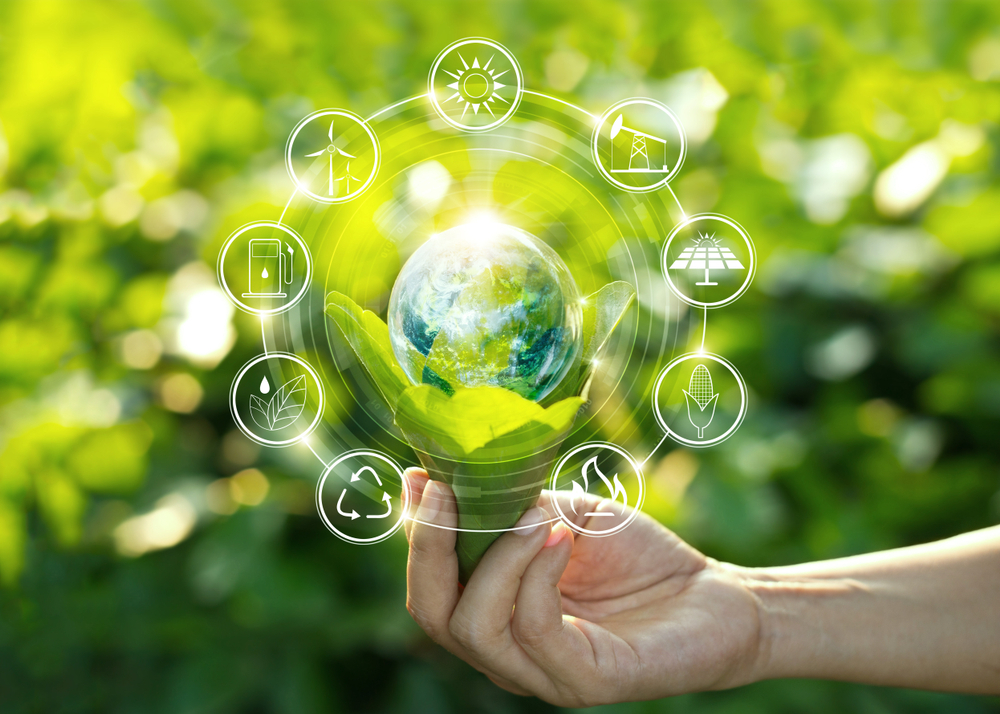Economies and energy markets are still reeling from the impact of COVID-19. Until recently, energy was perceived as a necessary resource whose cost was to be minimized and managed. This perception is changing in a post COVID-19 world. There is a heightened sense of awareness about ecological preservation and sustainability. The pandemic has made us realize how fragile our natural ecosystem truly is.
Policymakers, businesses, and other organizations are making a conscious shift towards a decarbonized future. Presently, fossil fuels still dominate the energy landscape and a lot needs to be done to make a transition to clean energy. Based on insights, here are the key trends that are shaping the energy landscape in 2021:
Renewables are becoming more affordable
No longer are fossil fuels less expensive than renewable energy. Each year, with various advancements, clean-energy options are becoming more affordable. In certain instances, renewables are cheaper than fossil fuels.
For instance, the cost of generating solar power has declined by 89 percent in a decade. In many countries, going solar is a cheaper option that building coal power plants. Solar power has become the cheapest electricity option in history for many countries. According to data from IEA, since 2010, solar power capacity world-over has increased by 18 times. Making a shift to hydro, wind, and solar energy sources for power generation could prevent the millions of deaths that happen to due to air pollution each year.
Carbon neutrality commitments
Prior to the Climate Ambition Summit last year, many announcements were made pertaining to countries that represented 65 % of the world’s CO2 emissions: These countries would commit to carbon neutrality or reaching net zero emissions. Over the years, many countries have made pledges to build back in a sustainable manner with an emphasis on carbon neutrality. Some of these countries include those with high carbon emissions like South Korea, Japan, China and the UK. Eventually, these pledges shall translate into actionable steps and concerted global efforts towards a sustainable future.
As countries recover from the pandemic, there has been a renewed emphasis on preserving the natural ecosystem and mitigating climate change.
Job creation with clean energy
According to the International Labour Organization, clean energy can also be an engine for job creation. Despite a loss in jobs from fossil fuel energy generation, renewables could make up for those job losses by creating three times as many jobs.
Clean energy is also an engine for job creation. The energy transition can create 18 million jobs by 2030, even when accounting for the inevitable losses of fossil fuel jobs. Investing in renewables could create nearly three times as many jobs as investing in fossil fuels. In many ways, renewable energy is a win-win. Not only can it help build sustainable and smart future cities, but also improve healthcare for those stricken by poverty globally. It would enable affordable energy and healthy living.
Business edge
For many businesses, a shift to renewable energy could help make them more competitive. A shift towards sustainability could be a key differentiator for business economics, stakeholder loyalty and market goodwill. Renewable energy would also bring down the costs of power creation, conducting operations, and consumption. Governments also offer tax benefits to companies that have a better carbon footprint.
It is also a strategic factor for decision making. Consumers look at the energy efficiency of products and services before making a purchase decision. In the long-run, a move towards sustainability would confer companies with cost advantages that would help them increase their market share. According to McKinsey, energy is now a strategic factor, for 40 percent of global revenue.
To conclude, the transition to a carbon neutral future I set to be a monumental challenge. Companies, stakeholders, policymakers, and world-governments will have to come together to ensure this transition. Presently, renewable solutions exist but there is a need to accelerate their adoption and scale-up their use cases to see a discernible difference in sustainability efforts. 2021 looks like the year when world economies will rise to the challenge of putting into action their commitment towards sustainability.



